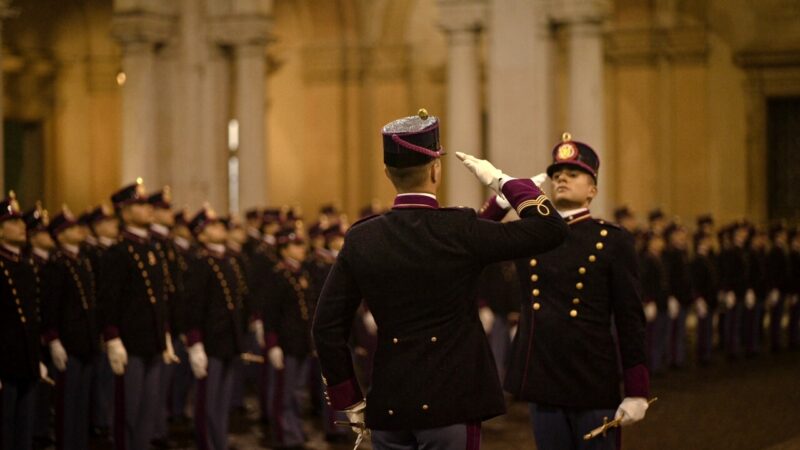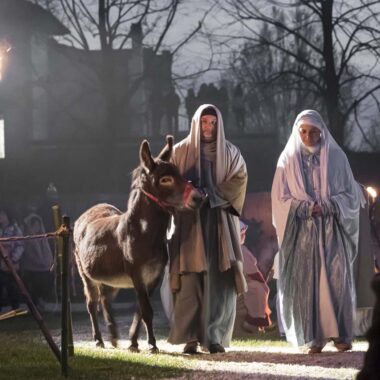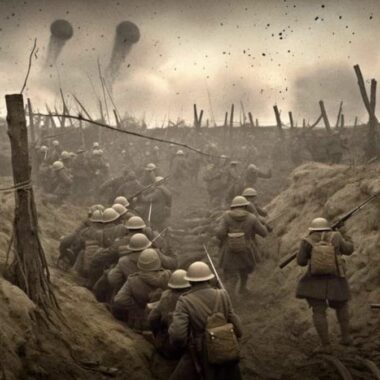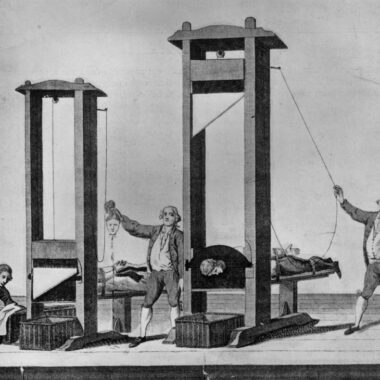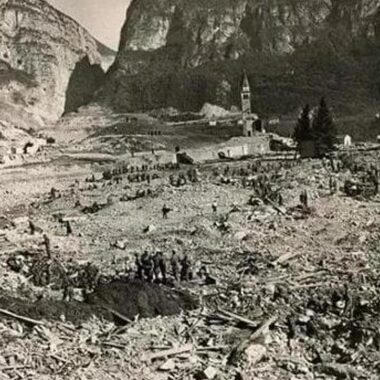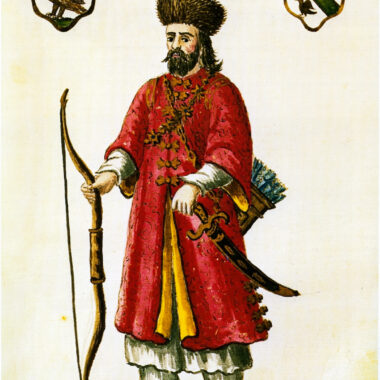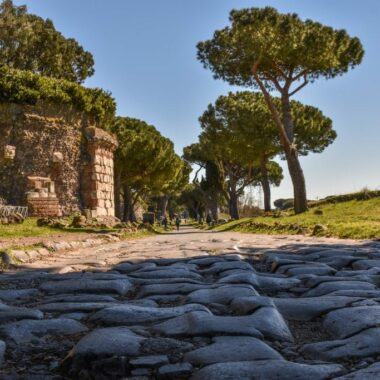Welcome to 17th-century Italy! Let’s dive into a temporal leap that takes us back to 1678 when the Royal Academy opened its doors. Since then, it has shaped generations of military leaders, contributing to the history of Italy. Over the years, the academy has emerged as a milestone in global military education. As a lover of Italian culture and tradition, today I want to tell you the story of the Military Academy of Modena, to help you understand what makes it so special!
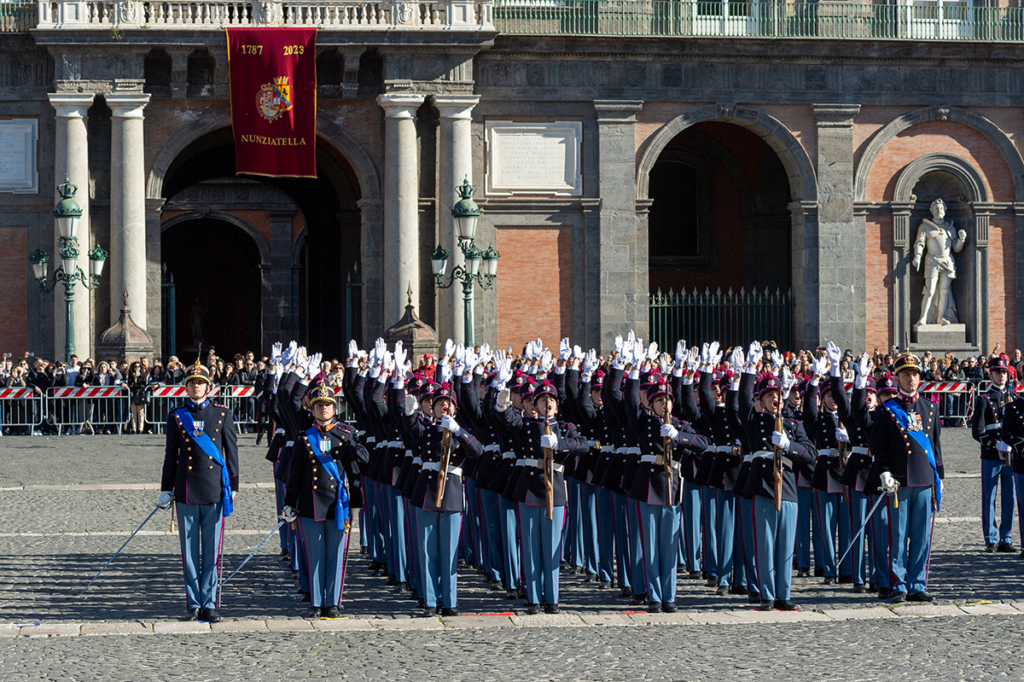
History and Foundation
The birth of the Royal Academy of Savoy
As previously mentioned, let’s go back to the distant year of 1678, when wigs were in fashion and swords were more common than smartphones. Italy was still divided into various duchies, and the city of Turin, under the Savoy family, was one of the most illustrious and representative cities of that era.
The streets were traversed by knights, and the courtyards echoed with the sounds of military marches. In this splendor of elegance and royalty, the doors of the academy opened for the first time, initiating a tradition that is still alive and vibrant today.
The then-Duke Carlo Emanuele II of Savoy aimed to supplement the mercenary army with well-trained militia units, loyal to the kingdom and organized from within. After his death, the widowed Duchess Maria Giovanna Battista of Savoy shaped the idea of establishing a training institute for the future leadership of the state and the army.
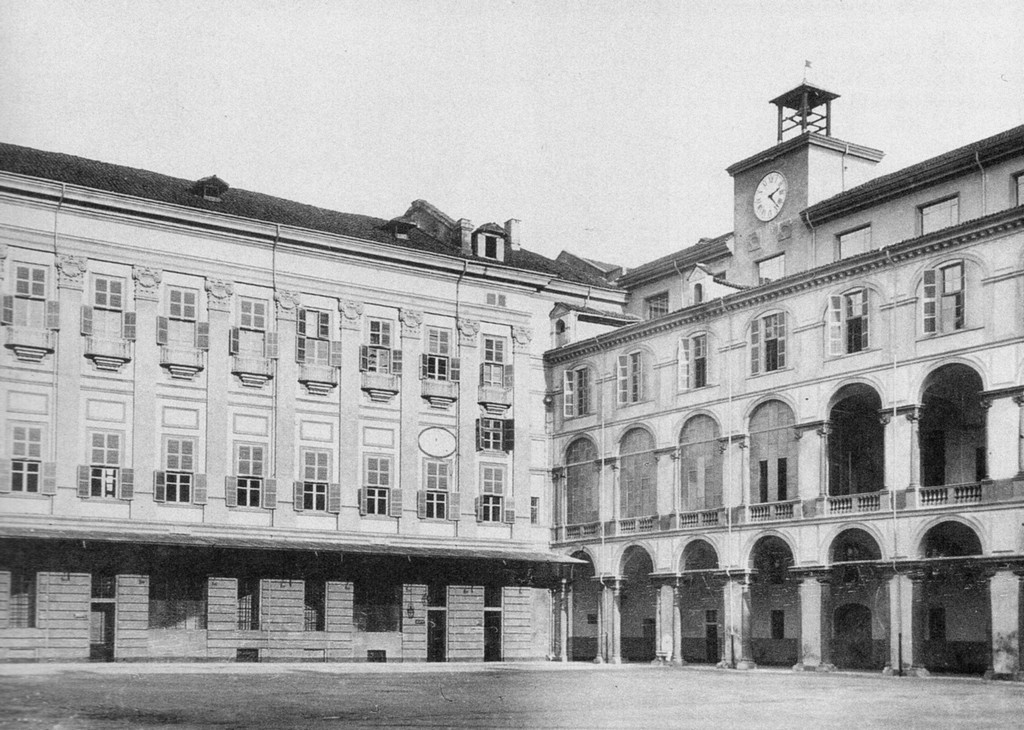
Inaugurated on January 1st, other states immediately took the institute as a model. Initially attended by young European aristocrats, in 1756, the Institute started specific courses exclusively for officers. Subsequently, in 1815, Vittorio Emanuele I of Savoy opened its doors to young citizens from all social backgrounds.
Following in the footsteps of the newly formed Royal Academy, other iconic academies were established worldwide, from Russia to France! The Russian Academy in St. Petersburg opened its doors in 1723, the Royal Military Academy in 1741, and the French Ecole Royale Militaire in 1751.
From Turin to Modena: Relocating the Academy’s Headquarters
In Modena, a Military Academy existed since 1757, thanks to the will of Duke Francesco III d’Este. The establishment of the Royal Academy had led to the foundation of various military institutions scattered throughout the different duchies of the current Italian territory, and Modena’s was one of these.
In just one year, from 1859 to 1860, the Savoy army increased from 70,000 to 183,000 units. The founding academy could no longer accommodate the growing number of Italian officers and train new cadets.
The climate of a surge in enrollments and continuous conflicts, such as the wars of independence against Austria, led to a necessary and imminent logistical reorganization of the army. The Royal Academy, originally from Piedmont and a symbol of all the other institutions in the territory, would henceforth have to encompass the entire country and unify the various military brigades.
To achieve this goal, and after the annexation of the Duchy of Modena and Reggio to Piedmont, King Vittorio Emanuele II gifted the Ducal Palace of Modena to the Royal Academy.
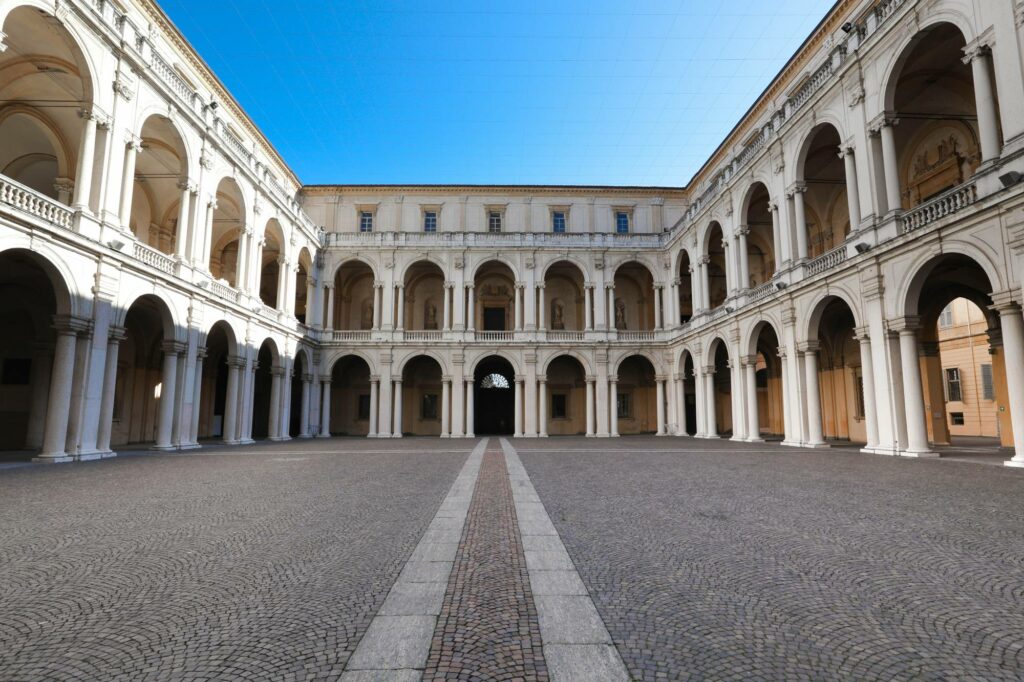
Military Education of Excellence
The Academy is not just a training ground; it is a crucible of diverse military knowledge. Students engage in a blend of academic and practical disciplines that prepare them for challenges beyond the battlefield.
The Modena Academy functions as a university institution. New recruits will develop managerial skills to become commanders while pursuing a university course delivered by the Academy. The study subjects and educational paths are aimed at providing specialized training for students, akin to any non-military institution. However, upon completing their studies, graduates will receive full military status, specializing in their respective fields.
Among the study programs offered by the Italian Army are:
- Veterinary Medicine, Medicine and Surgery, Chemistry, and Pharmaceutical Technologies for the Healthcare corps
- Law for the Commissariat and Carabinieri Corps
- Strategic Sciences and Engineering for the Transportation and Materials Corps and the Engineer Corps
Military aptitude
The program aims to instill in the student the typical traits of an officer, achieved through the daily actions of the supervisory staff and instructors—themselves former students—capable of imparting ethical and moral values to enable exemplary citizenship and responsible command.
Military studies are closely associated with university studies; all study programs include the examination of weapons, topography, military art, the English language, and NATO terminology, shaping them into true military professionals with a university degree.
But don’t think it’s all about books. The Academy is a place of action. Students are immersed in realistic exercises that test them under pressure. From the gym to horsemanship, not to mention trials for military vehicles and training in individual combat and firearm shooting.

Admission and Recruitment
The Italian army annually releases announcements for new cadets, involving a selection based on scores from various proposed selection tests:
- Written preselection test
- Written cultural selection test
- English language proficiency test
- Physical efficiency tests
- Attitudinal assessments
- Psychophysical evaluations
- Written cultural selection test in biology, chemistry, and physics (for candidates aspiring to positions in the Health Corps)
- Oral mathematics test
- Internship
The enrollment of women in the announcements has been a great success; it was introduced only in 2000, coinciding with the start of the 182nd course.
A typical day for the cadet
The days can vary significantly, depending on the degree course and the cadet’s rank within the academy. Nevertheless, the Military Academy of Modena has shared a typical schedule for a cadet online:
- 6:30 AM: Wake up
- 6:30–6:45 AM: Personal hygiene and bed-making
- 7:35–7:50 AM: 1st Breakfast
- 7:50 AM: Medical check-up
- 8:00 AM: Flag-raising
- 8:10–10:40 AM: Classes
- 10:40–11:00 AM: Break
- 11:00 AM–1:35 PM: Classes
- 1:40–2:20 PM: 2nd Breakfast
- 2:10 PM: Medical visit
- 2:20–4:45 PM: Classes
- 4:50–8:00 PM: Available to Supervisory Officers, study, free time, gym-sports activities
- 8:00–8:30 PM: Dinner
- 8:30–10:30 PM: Available to Supervisory Officers, study, free time, gym-sports activities
- 10:30 PM: Retreat
- 10:45 PM: Roll call
- 11:00 PM: Lights out
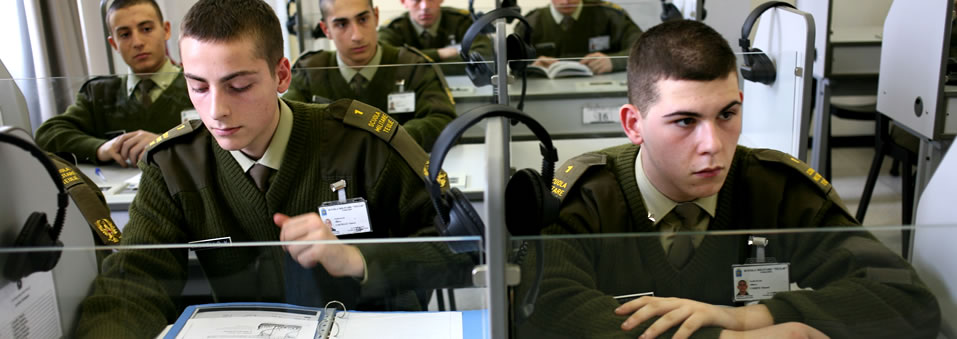
Illustrious Alumni
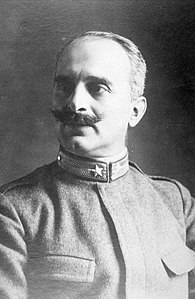
The golden legacy of the Modena Academy is carried forward by numerous distinguished figures who have excelled on and off the field. Among the most notable alumni are:
- Claudio Graziano, President of the European Union Military Committee from 2015 to 2022
- Giulio Dohuet, visionary soldier and pioneer of aerial warfare
- Charles Cornwallis, Viceroy of Ireland and architect of the Treaty of Amiens
- Francesco Baracca, Italian aviation ace with a record of 34 enemy aircraft downed.
The Academy goes far beyond its title as the world’s oldest. It is a place where history intertwines with the present and the future, where military excellence is more than a tradition. From 1678 to the present day, the academy continues to shape cadets in terms of leadership, military aptitude, and courage.
Featured Image Credit
